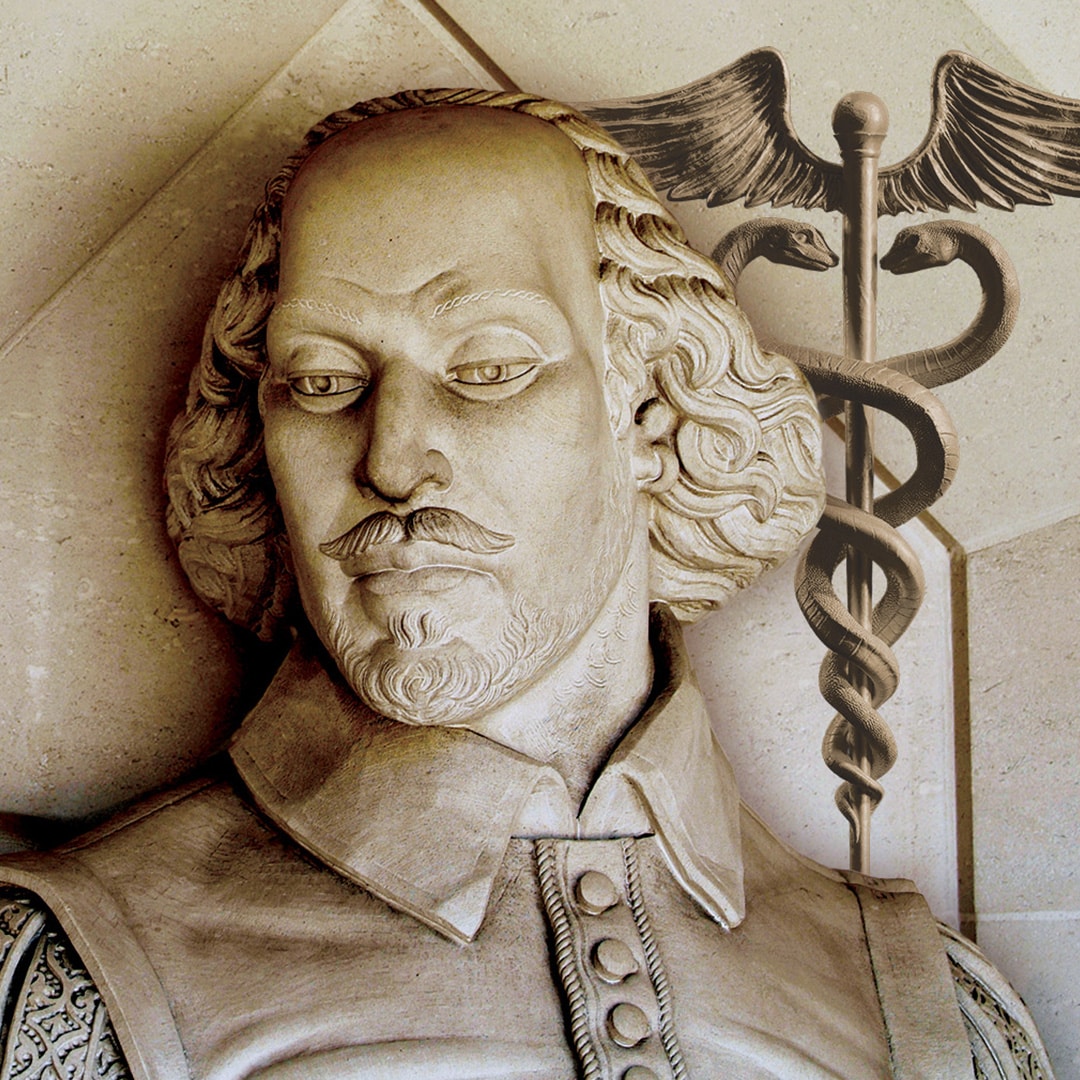Cancer is statistical, this is clear
As bodies age, cells make more mistakes
And cannot repair themselves, not a mere
Small problem, this is cancer, all at stake
Remove the tumor with a surgeon’s knife
Radiate it with X-rays or protons
Blast with chemicals, dangerous to life
Now the fourth and most subtle of weapons
Turn intrinsic defense into offense
Immune system cells and antibodies
Block cancer-causing proteins like a fence
Without touching the host, clear, no parodies
Herceptin, targeted to breast cancer
Immunotherapy, at last, for her
Backstory
For many years there was only one treatment for cancer; cut out the tumor and hope for the best. Along came radiation therapy, usually used in random with surgery. As explained elsewhere in this collection, chemotherapy was added to this list in the middle of the twentieth century. These three pillars of cancer treatment worked together quite well, but the serious and unpleasant side effects of most chemotherapy agents constituted a significant disadvantage.
The development of our understanding of the immune system, and the anecdotal similarities between cancer and inflammation and of the spontaneous disappearance of tumors following an infection, suggested to some that cancer might be treated by modulation of the patient’s immune system. William Bradley Coley was the first to show the potential here, working in New York at the very end of the nineteenth century on bone cancer. He injected mixtures of Streptococcus pyogenes and Serratia marcescens into patient’s tumors, many of which regressed. This work was essentially ignored by oncologists for half a century. Significant scientific advances were made in the period 1950-80, but clinical applications of this fourth pillar, immunotherapy, were still slow. One of the most important advances came with the treatment of certain types of breast cancer, specifically those involving tumors with amplification of the HER2 gene, which had been shown by Robert Weinberg in 1979 to be involved in several cancer pathways. Pivotal studies on oncogenes by Michael Bishop, Harold Vamus and others led to the identification of the protein produced by the gene by Genentech scientist Alex Ullrich. It took the company 20 years to take the drug that emerged from this work, Herceptin, to approval for its use, initially in HER2 positive metastatic breast cancer. Although very expensive Herceptin is used globally for the treatment of HER2 breast cancer.


